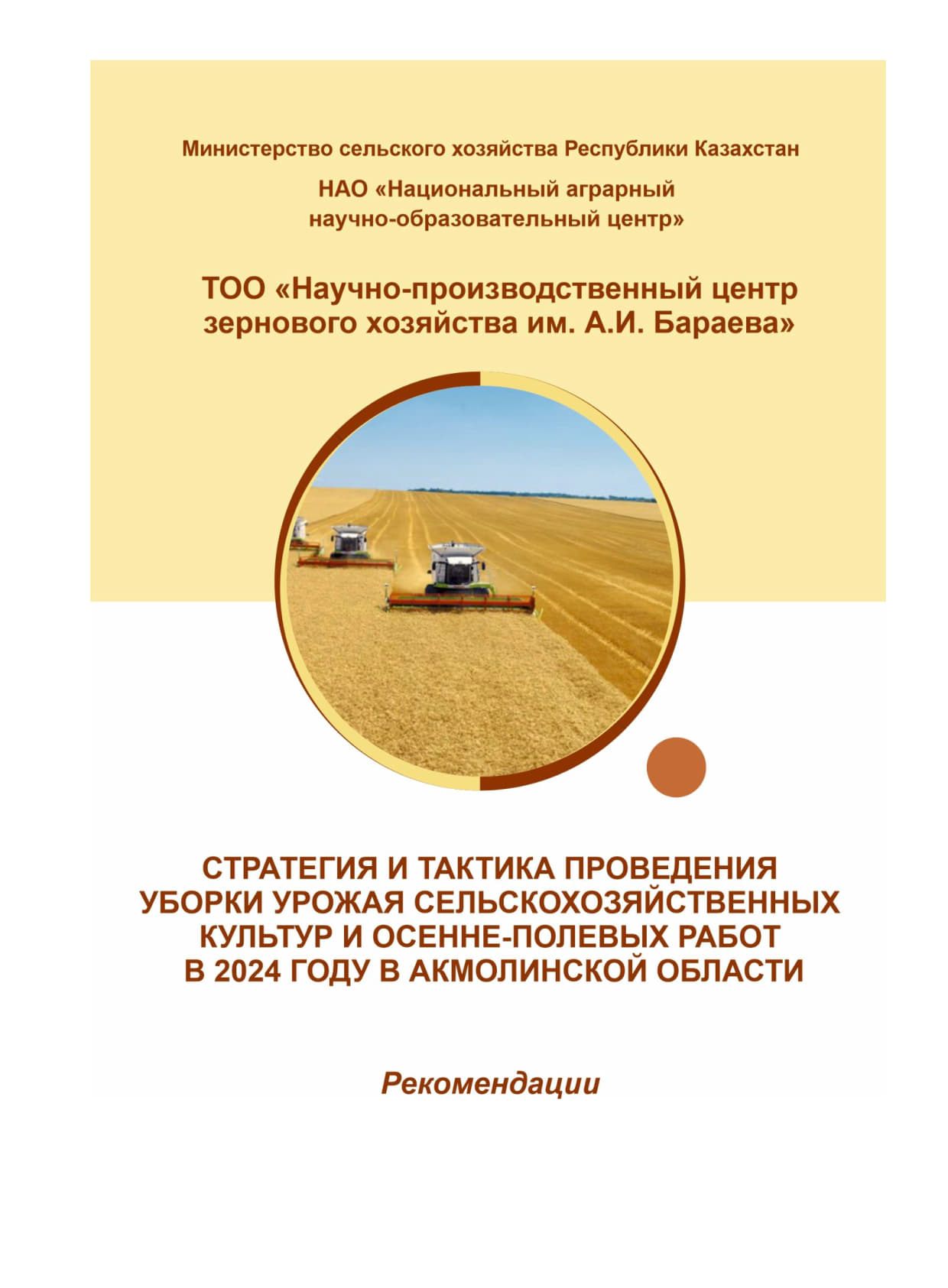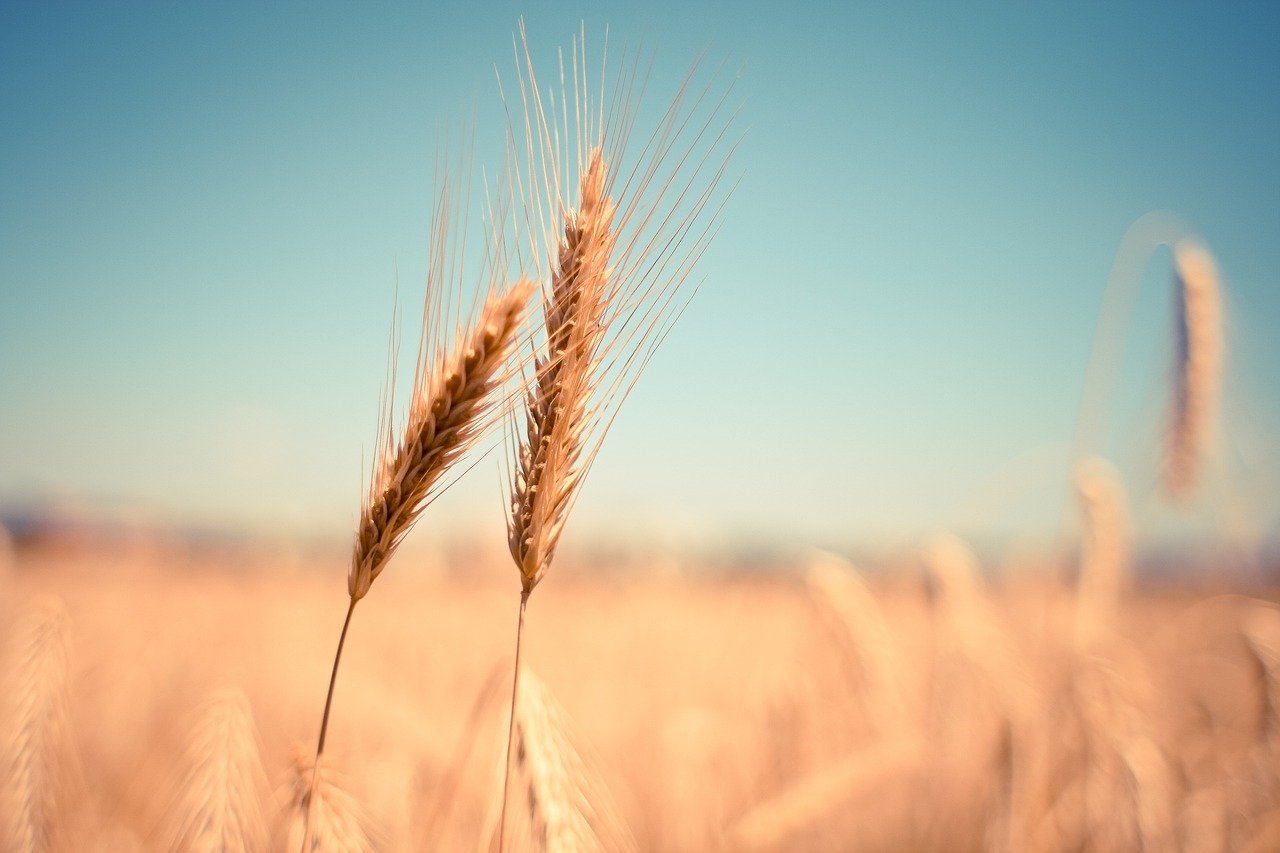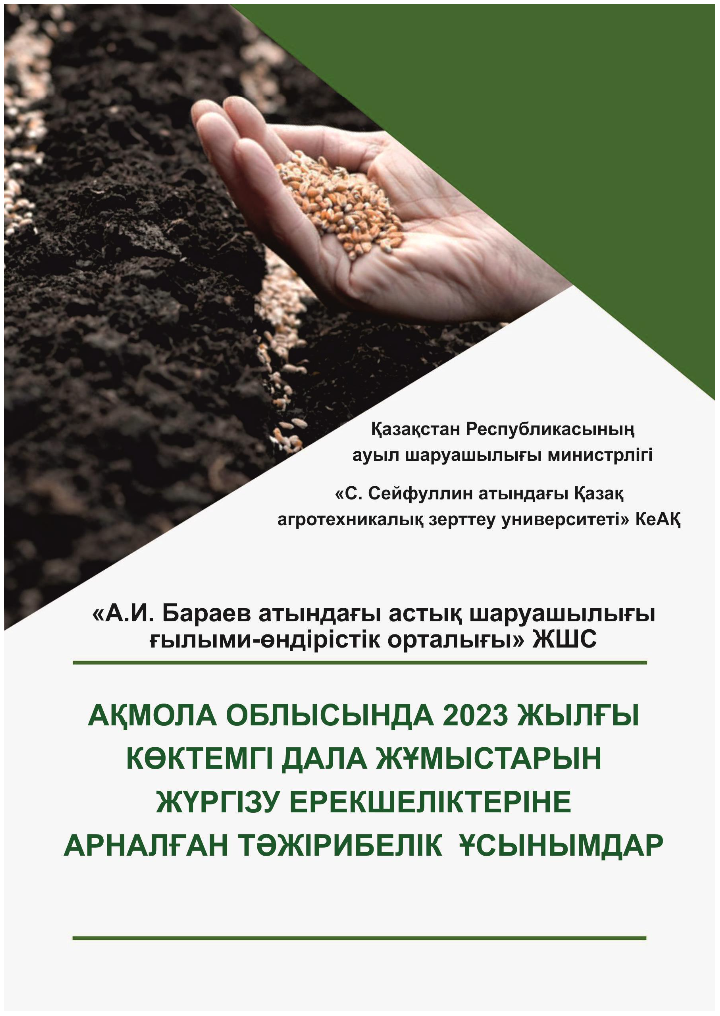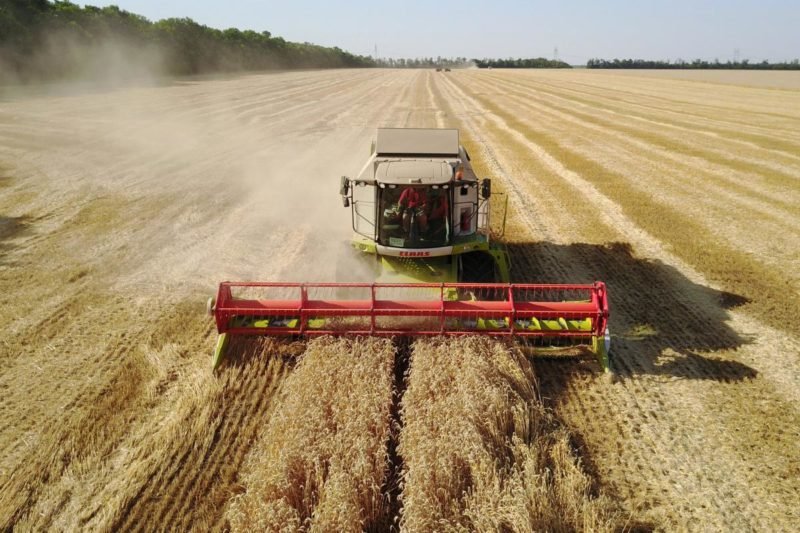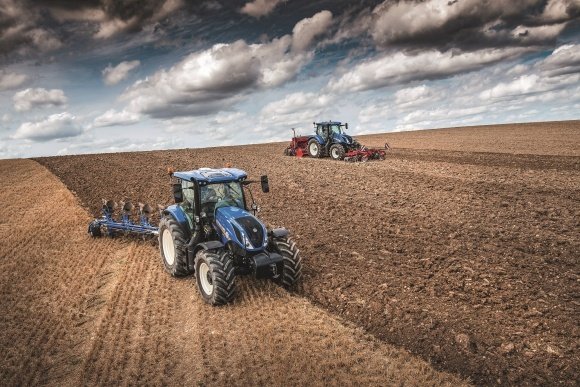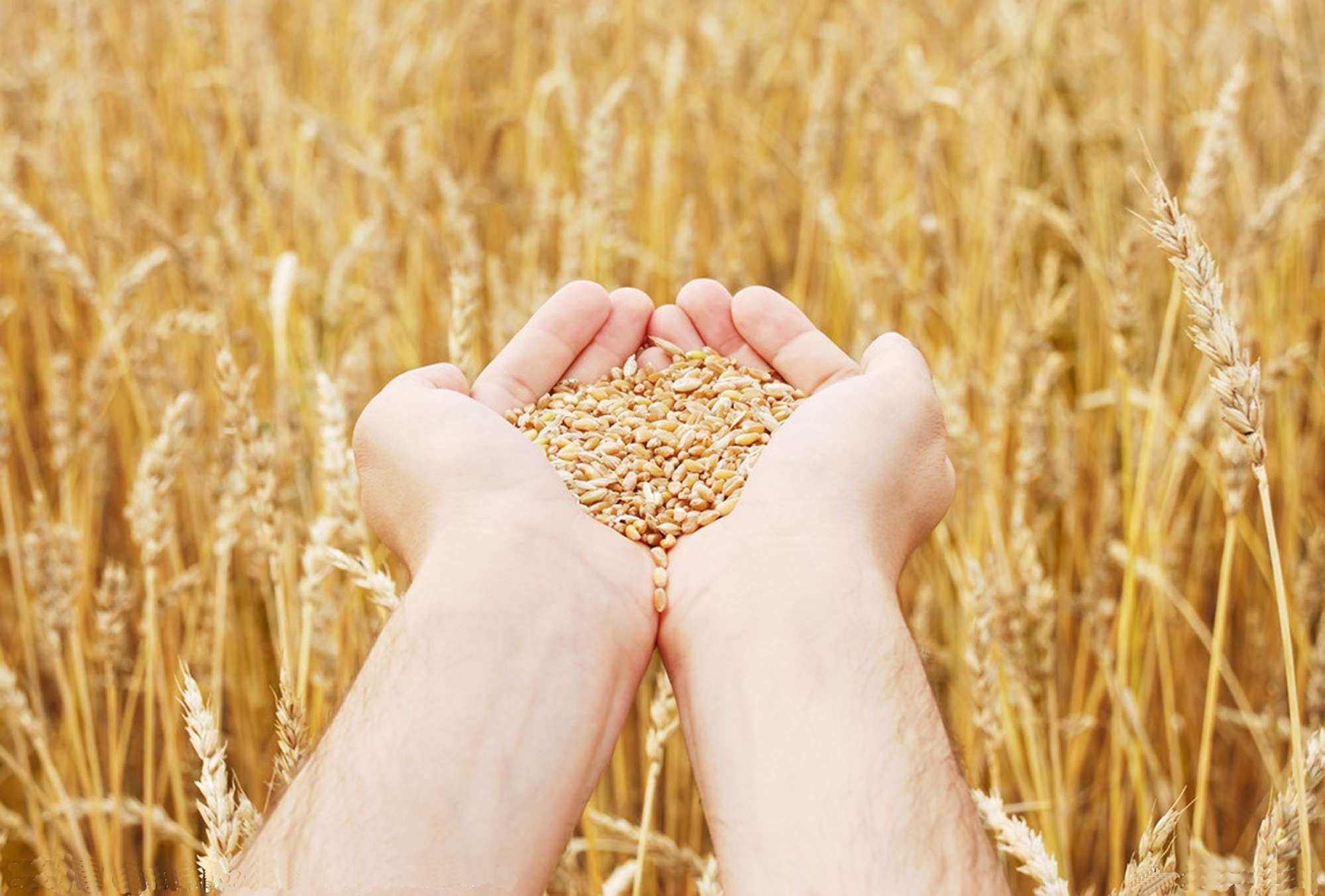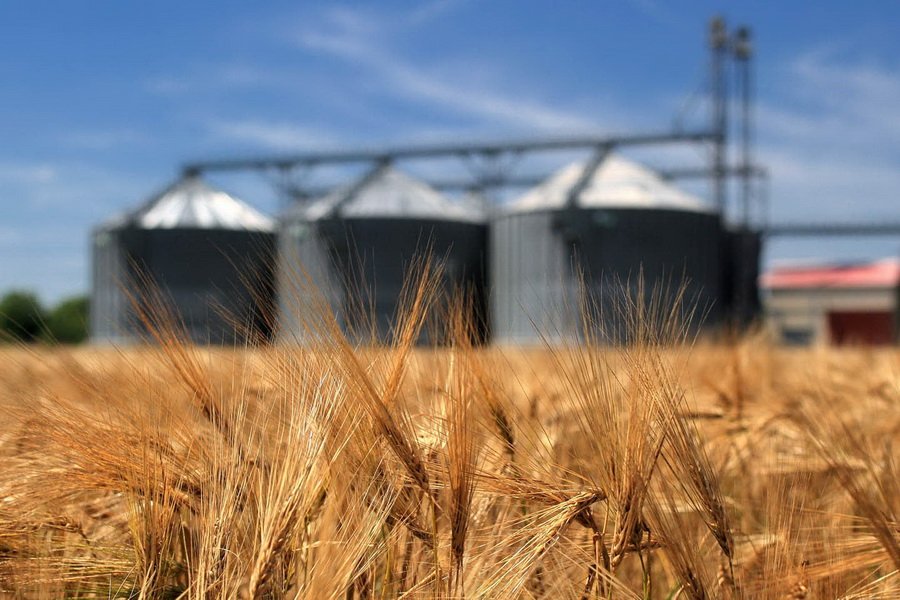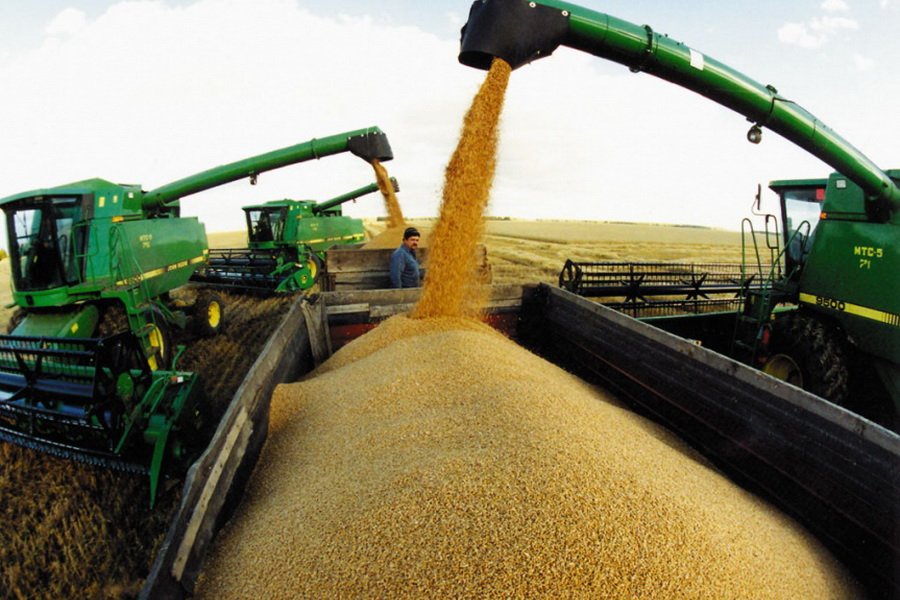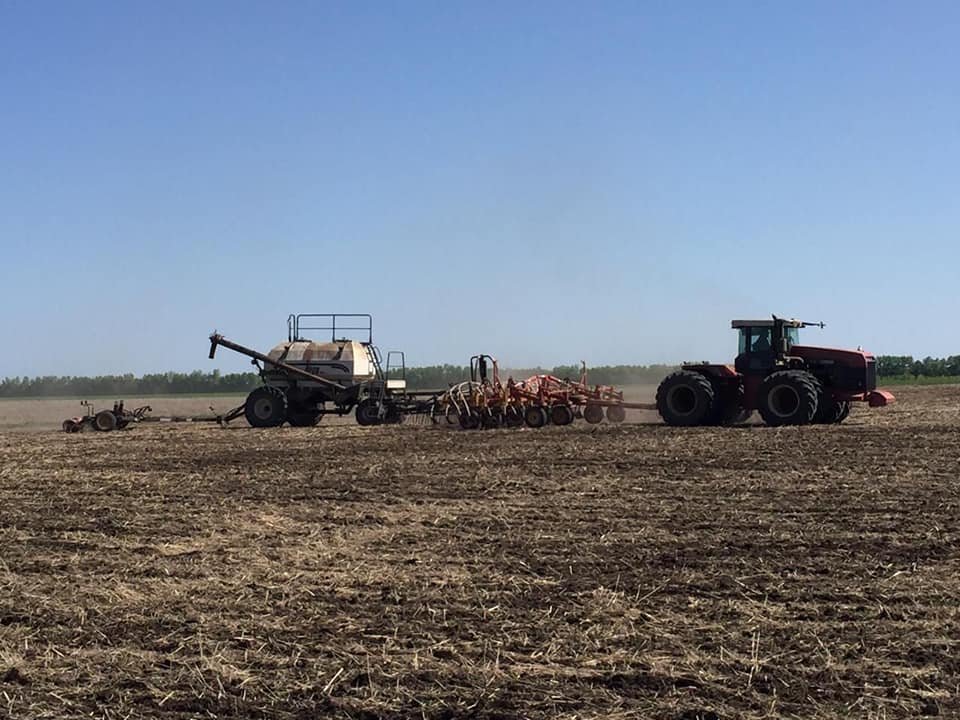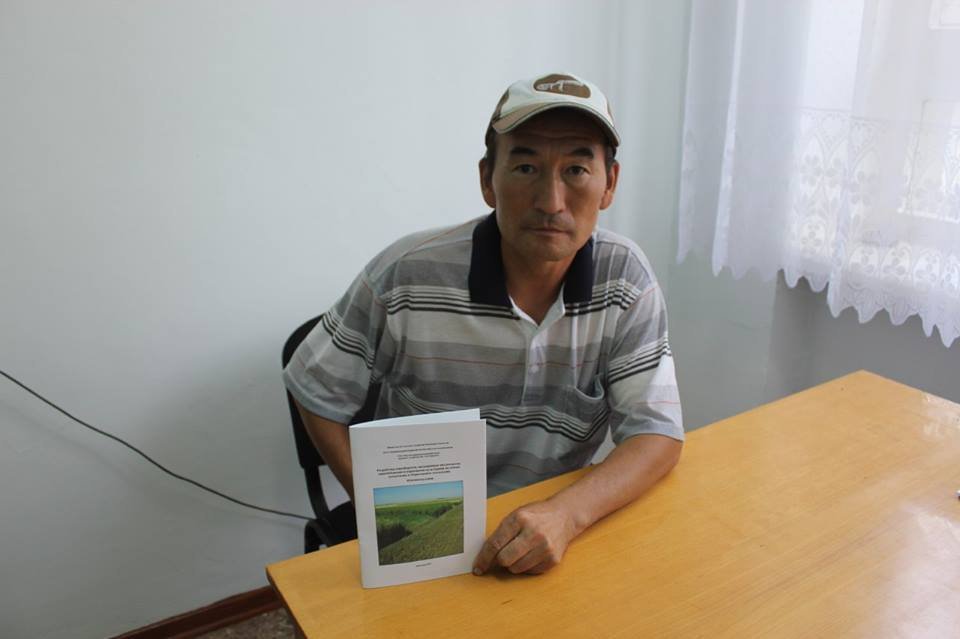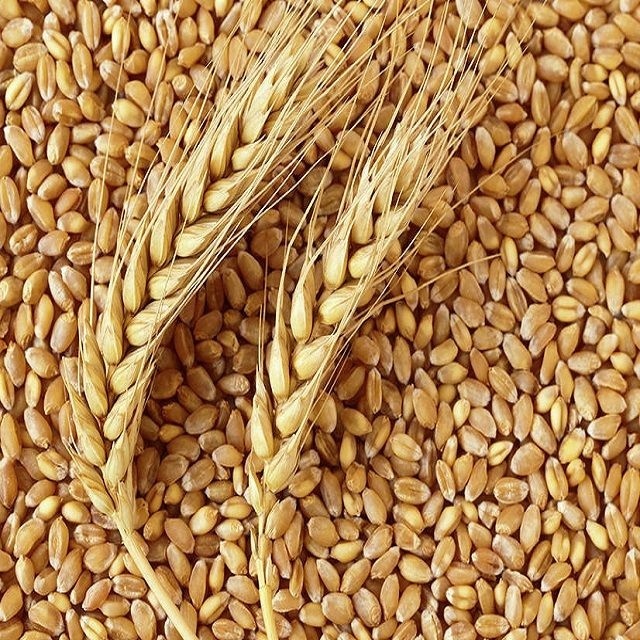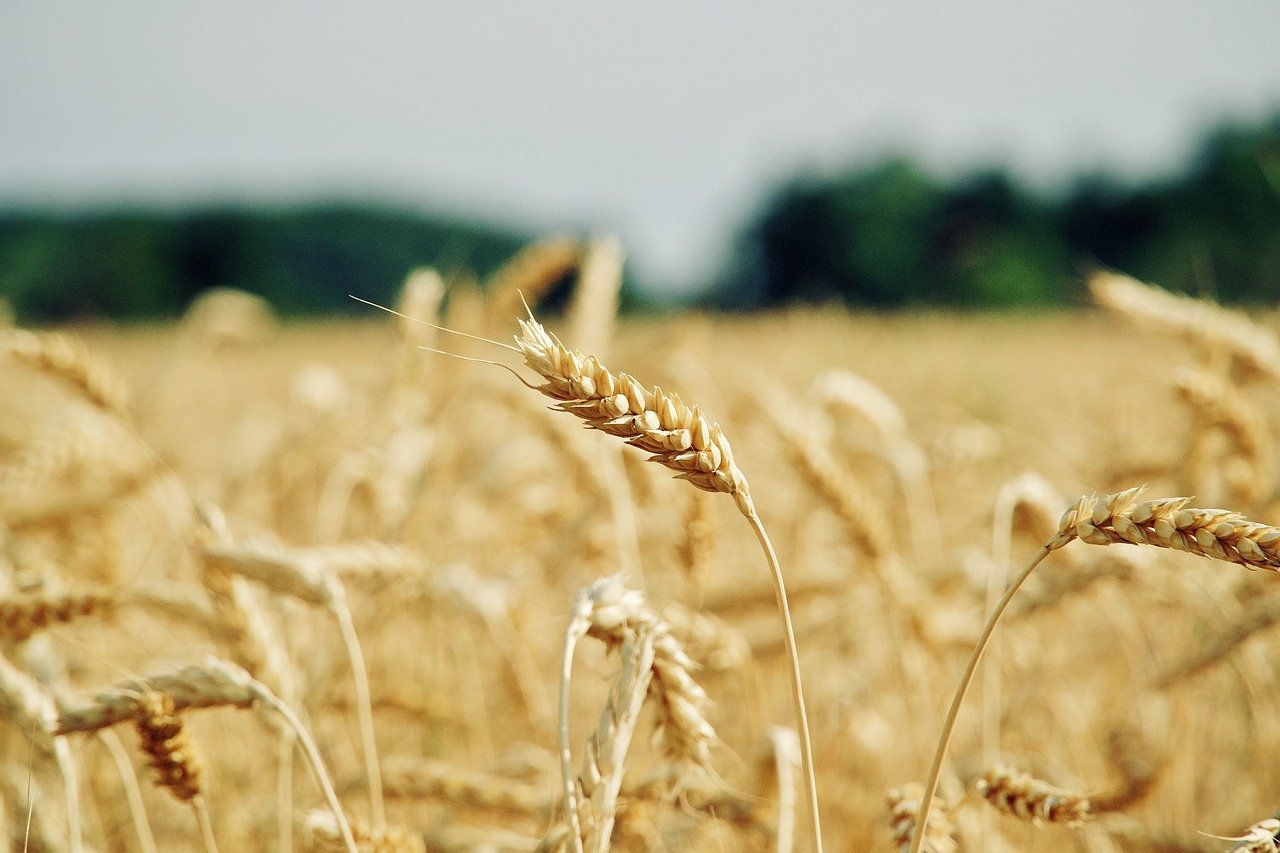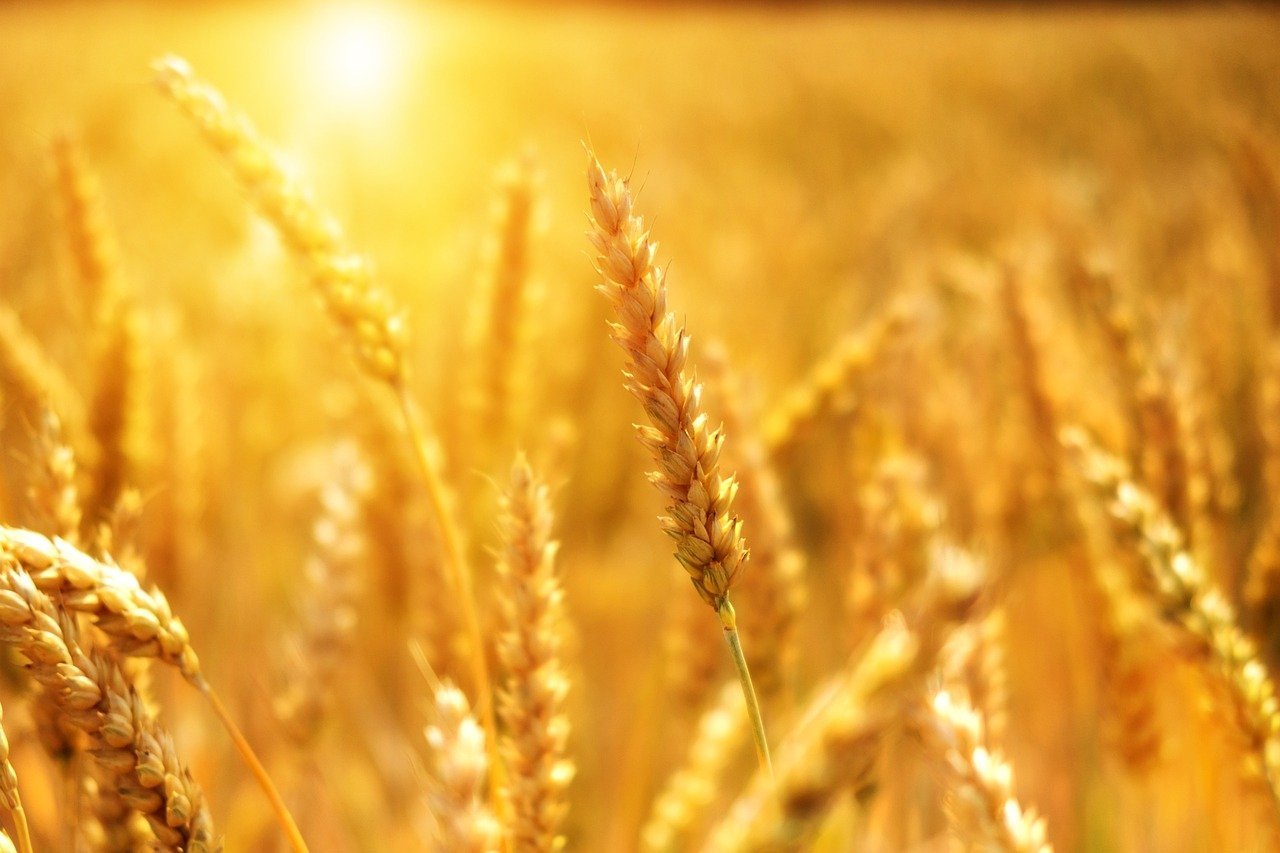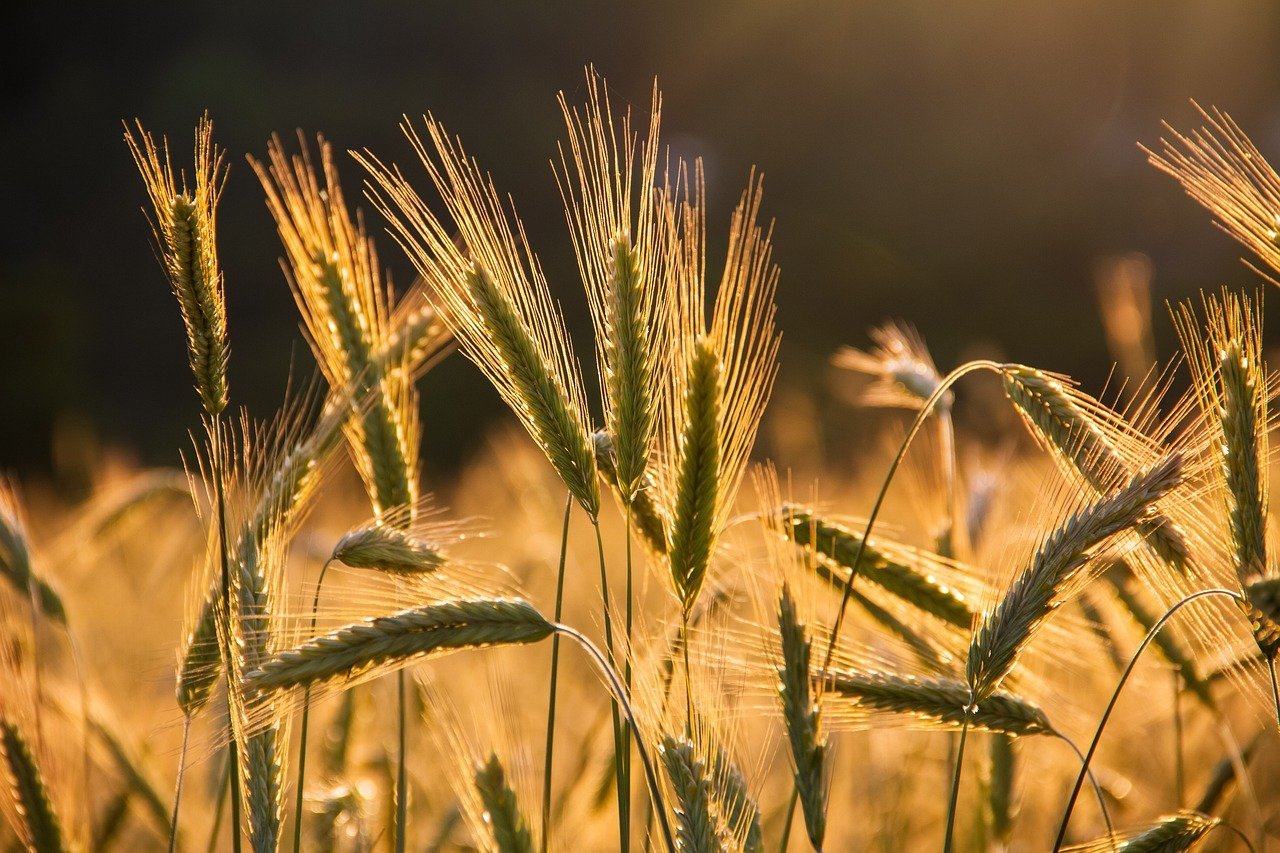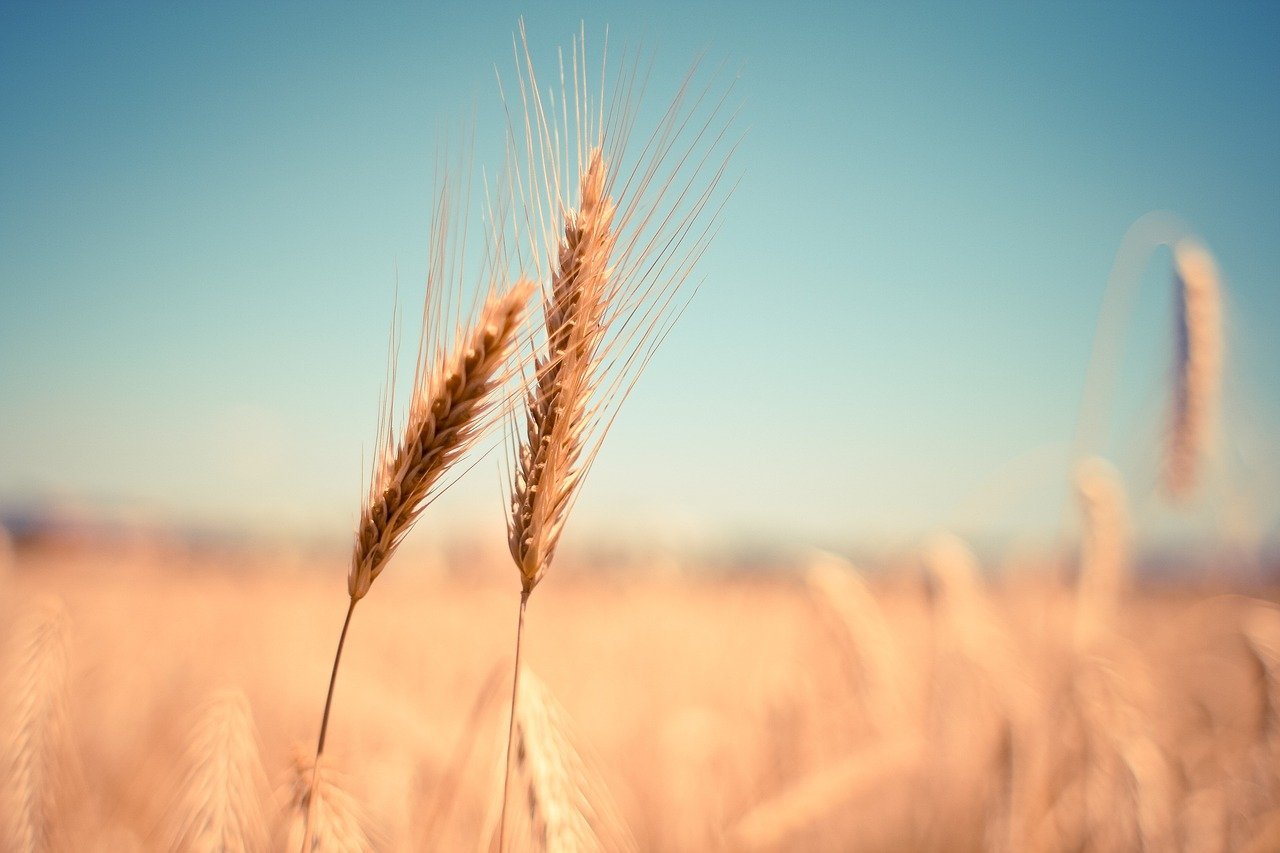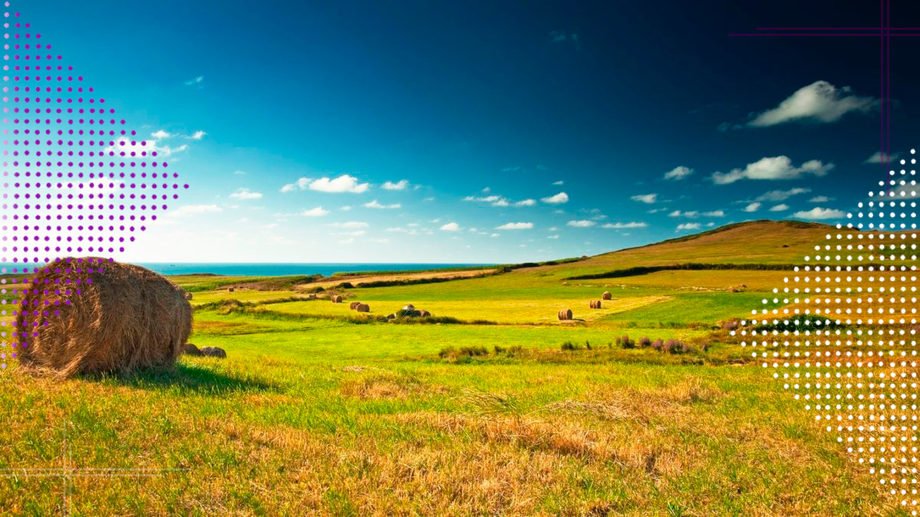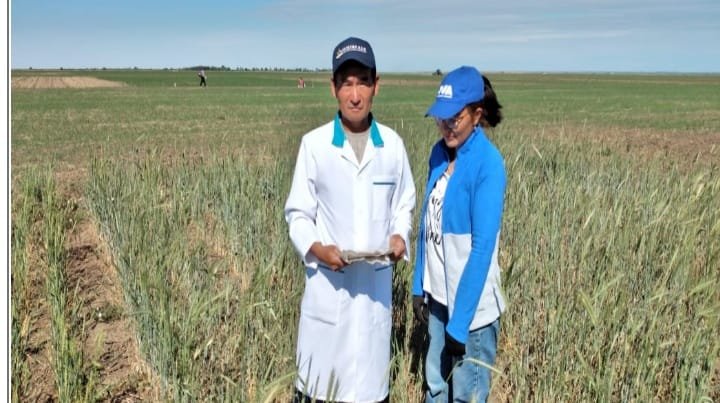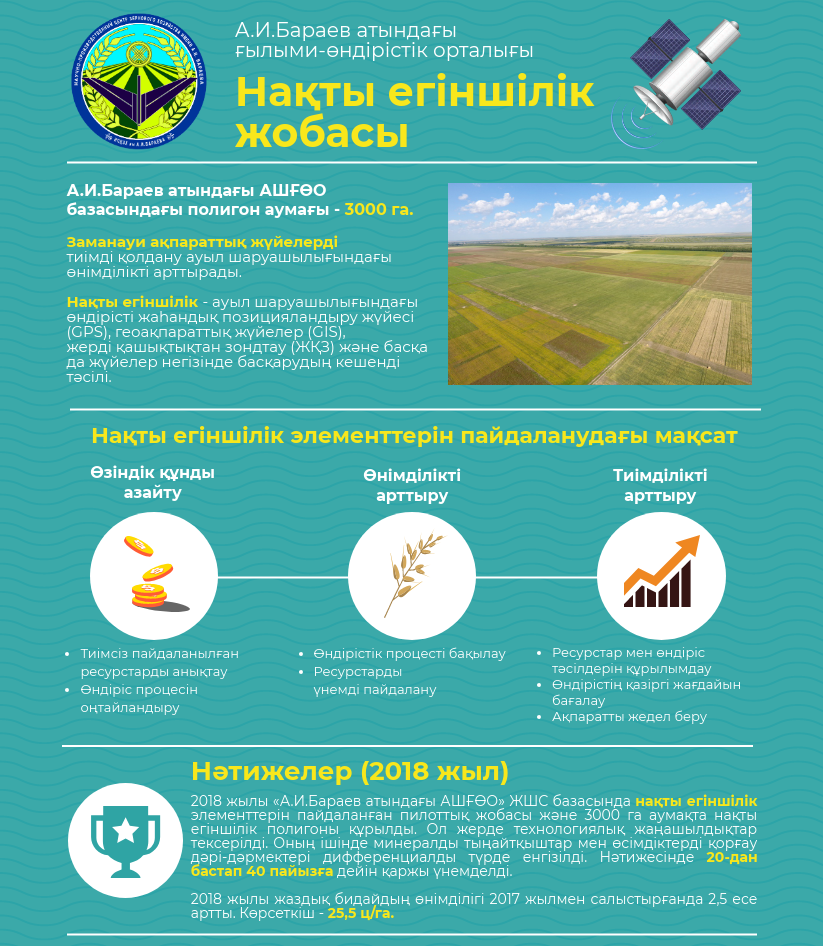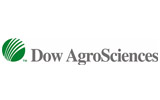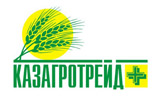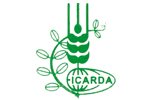Oilseed flax is a golden niche of agriculture in Northern Kazakhstan
News
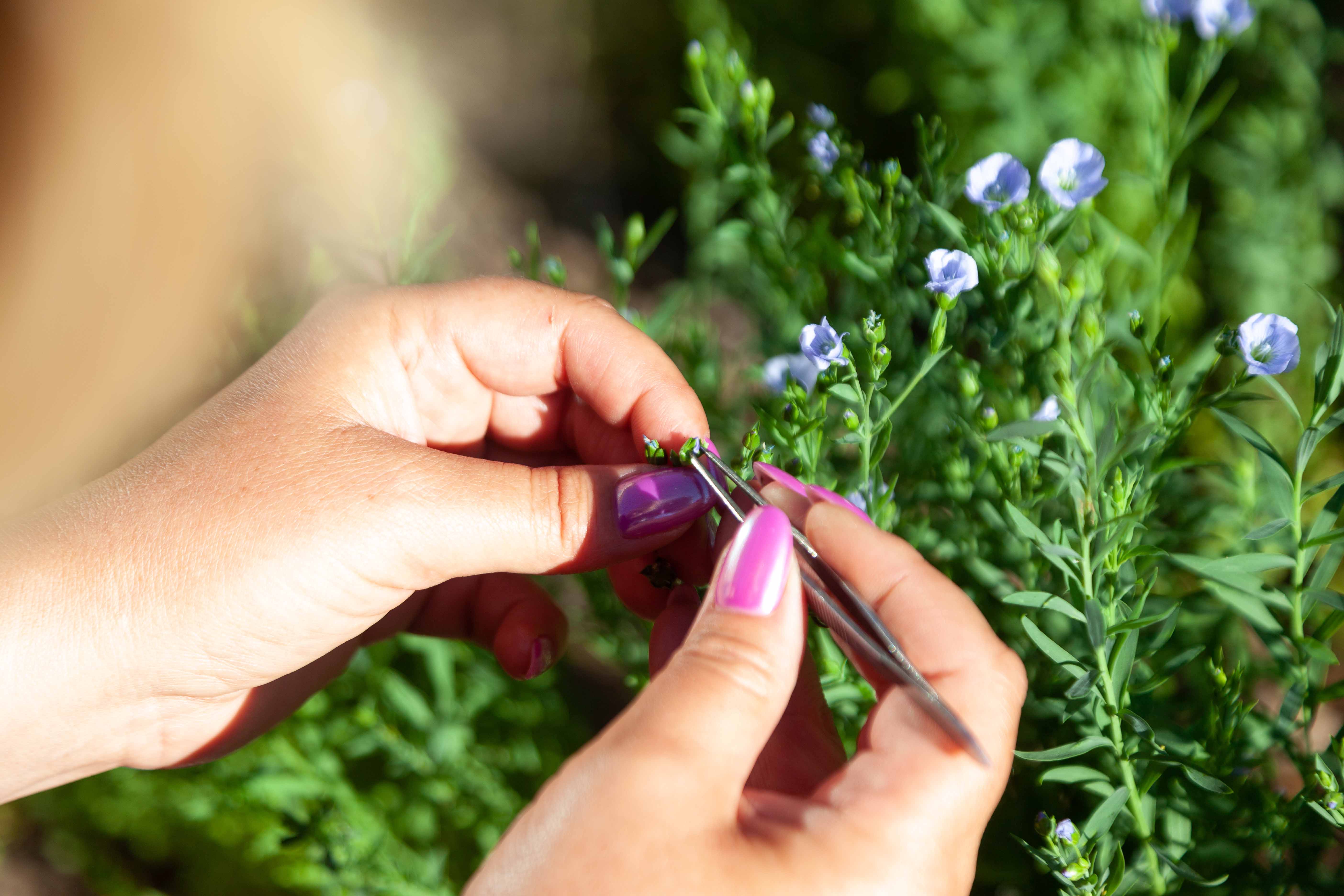
In recent years, agriculture in Northern Kazakhstan has been undergoing major changes. Due to market price instability, climate change and soil desiccation, farmers are increasingly thinking about diversifying their crops. One of the promising solutions is oilseed flax (Linum usitatissimum L.), a crop that not only brings stable income, but also improves soil conditions.
Why is flax becoming popular?
Kazakhstan is actively increasing the area under oilseed crops, and flax occupies a special place among them. In 2024, its sown area will amount to 971.6 thousand hectares — 34% more than in 2023.
Main growing regions:
— North-Kazakhstan region — 351 thousand ha;
— Kostanay region — 346 thousand ha;
— Akmola region — 274 thousand ha.
The demand for flax is growing, and with it the farmers’ income. In 2024, the gross yield of oilseed flax will amount to 453.4 thousand tonnes, which is 40% more than a year earlier. The reason is simple — the profitability of flax is higher than that of traditional cereals, and its products are in demand on the world market.
Is flax economically more cost-effective than other crops?
Farmers are always focused on numbers. Flax is not only good for the soil, but also profitable for the budget. The price of flax seed in 2024 is 230,000-240,000 Tg/t (458 $-478/t), while the price of wheat is 67,800 Tg/t and sunflower, by comparison, 161,000 Tg/t.
Obviously, growing flax is a chance to earn more. Especially since the demand for flaxseed oil is growing and its price on the international market continues to move upwards.
Is flax just a crop or an indispensable assistant in crop rotation?
Oilseed flax not only brings income, but also plays an important role in soil improvement. Its advantages:
— high drought tolerance — so it suffers less from summer heat;
— cold tolerance — seeds germinate already at +2…+3°C, and young seedlings can withstand frosts down to -5°C;
— flax develops quickly, creating a dense vegetation cover that prevents weeds from germinating, which reduces weed infestation in future seasons.
In addition, after flax harvesting, more organic waste remains in the soil, which contributes to the accumulation of humus. Flax improves soil structure by loosening it with its root system and promoting better water and air exchange. Its cultivation helps break the cycle of pests and the spread of soil diseases such as fusarium and root rot. The crop also reduces the risk of erosion as it leaves enough crop residues after harvesting to protect the soil from weathering and erosion.
What about the risks?
Of course, like any crop, flax requires attention. It is important for farmers to take into account the crop’s sensitivity to moisture during the flowering period (if there is a drought at this time, yields may decrease). The specifics of harvesting must also be taken into account (reapers with special cutters are needed to minimise losses). Minimising losses requires proper crop rotation and fungicide treatment to prevent the development of diseases (fusarium, anthracnose, white and grey rot, rust). But these risks can be easily avoided with a competent approach.
What are the perspectives for exports and processing?
Flax farmers are already successfully exporting their products to China, the European Union and the Middle East. Kazakhstan has significant potential for expanding flax processing, including the production of oil, flour, cake and even fabrics. Thanks to government support, subsidies and the development of the processing industry, flax is becoming an even more attractive crop for farmers.
Is it worth growing flax?
Oilseed flax is not just another agricultural trend, but a strategically important crop with huge potential. It is drought-resistant, easily adapts to different conditions and is characterised by high profitability. Demand for the product is growing consistently, and government support makes it an attractive choice for farmers looking to diversify their farms and increase profitability.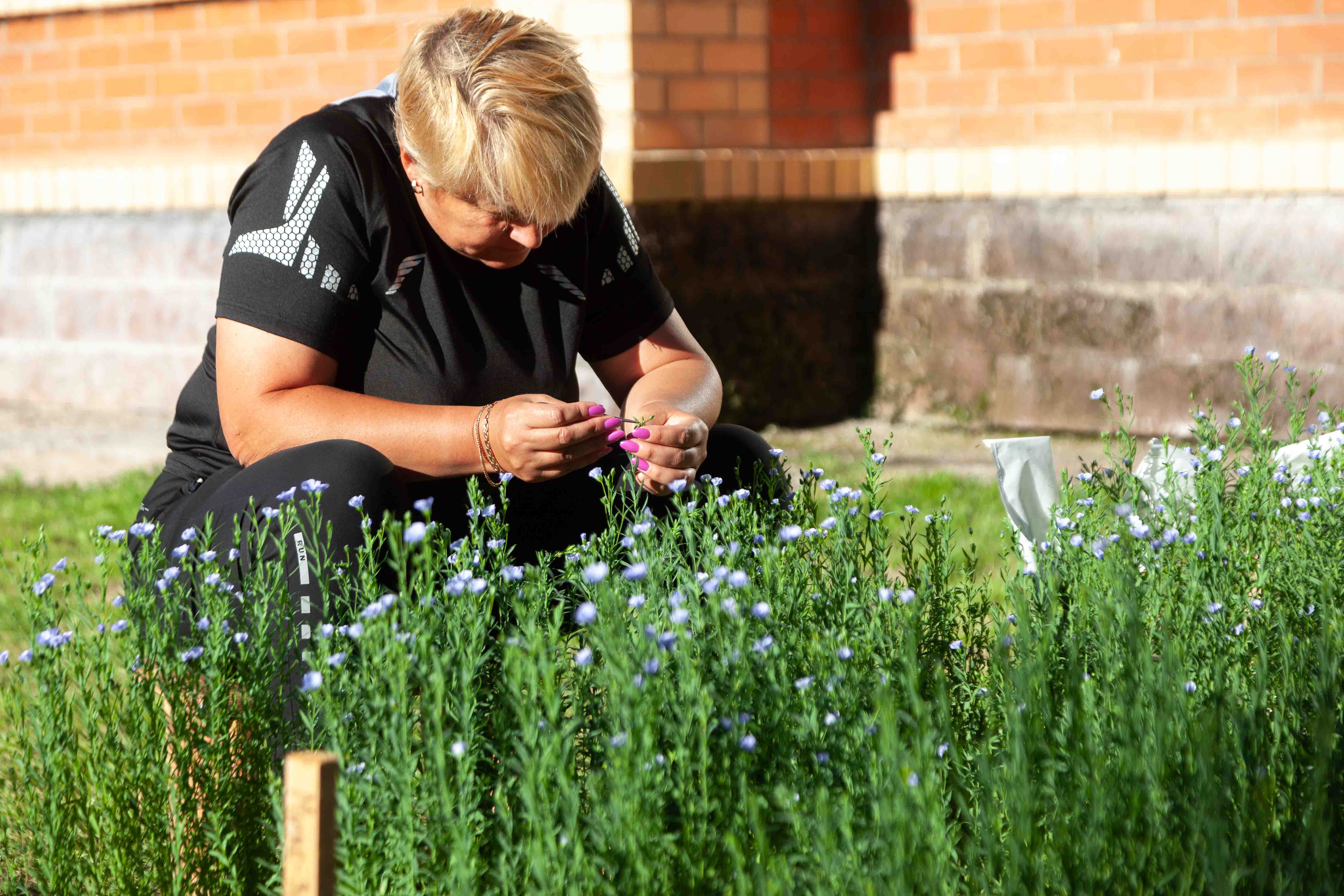
Scientists of «SPC GF named after A.I. Barayev» LLP are actively engaged in oilseed flax breeding since 2021. Promising lines with high yield and resistance to stress conditions have already been created and identified. Research continues, and in the near future, the employees of the oilseed breeding laboratory will be able to provide farmers with even more productive and adaptive varieties capable of unlocking the full potential of this crop.
Oshergina I.P. Head of the Department of breeding of legumes, oilseeds and cereals
Ten Ye.A. Head of the Laboratory of breeding of legumes and oilseeds
